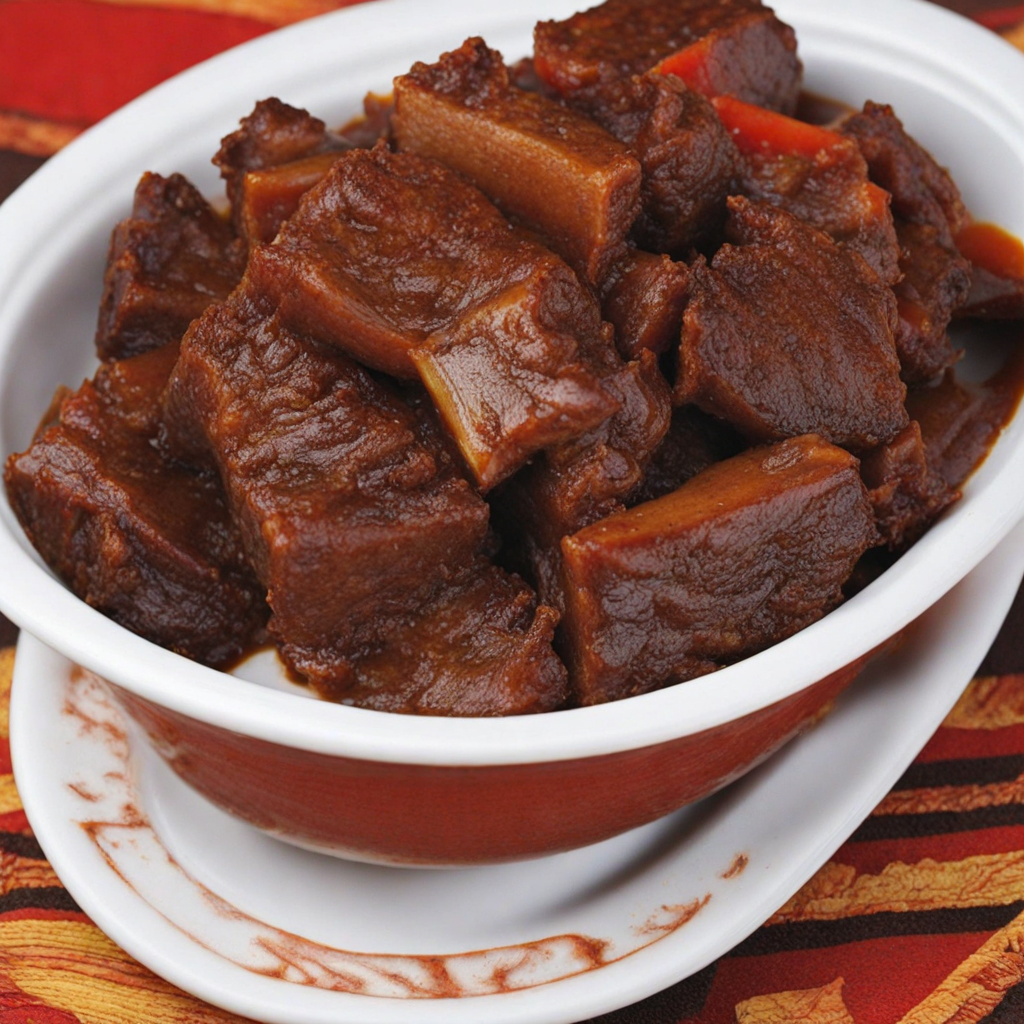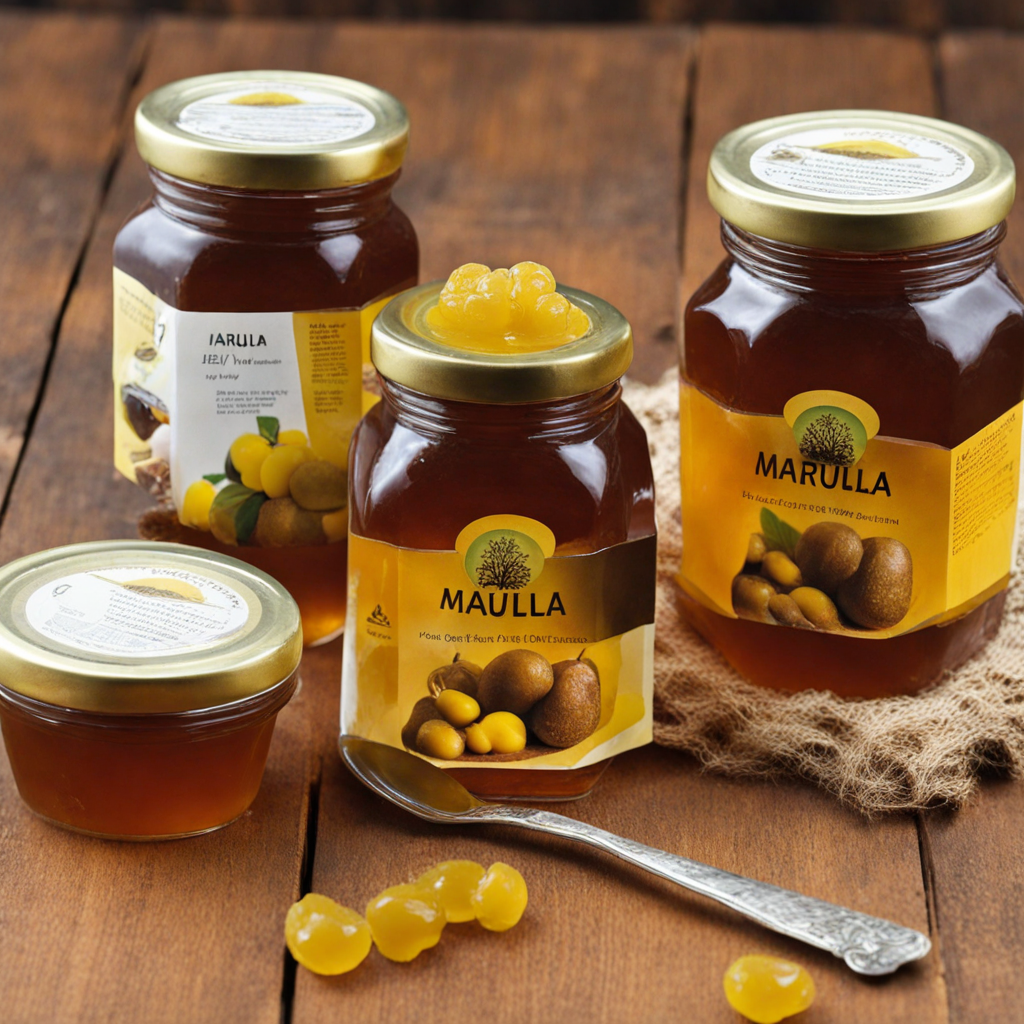Corn Bread
Corn bread, a beloved staple in Eswatini, is a hearty and comforting dish that showcases the simple yet rich flavors of the region. Made primarily from finely ground maize meal, this traditional bread offers a slightly sweet and nutty flavor profile that is both satisfying and versatile. The texture is typically dense and crumbly, making it perfect for pairing with various dishes, from savory stews to sweet accompaniments like honey or jam. Each bite of corn bread evokes the warmth of home cooking, making it a cherished part of communal meals and family gatherings. The preparation of corn bread in Eswatini often involves mixing the maize meal with water and a pinch of salt, creating a dough that is then baked or steamed. Some variations may include the addition of ingredients like buttermilk or even sweet corn kernels, enhancing both the flavor and texture. The golden hue of the bread, once baked, is visually inviting and speaks to its rustic origins. The aroma that fills the kitchen during its preparation is comforting and reminiscent of traditional farming life, where maize is a central crop in the local agricultural landscape. As you take your first bite of Eswatini's corn bread, you'll experience a delightful blend of flavors and textures that is uniquely satisfying. The slightly crispy crust gives way to a soft, moist interior, making it an excellent accompaniment to a variety of dishes. Whether enjoyed with a spicy bean stew or simply slathered with butter, this corn bread is more than just a side; it embodies the essence of Eswatini's culinary heritage, inviting you to savor the spirit of the land and its people with every mouthful.
How It Became This Dish
The History of Sinkwa Setsemba: A Culinary Legacy of Eswatini Introduction Sinkwa setsemba, a traditional dish from the Kingdom of Eswatini (formerly Swaziland), is a remarkable blend of culture, history, and culinary art. This dish, primarily made from maize or cornmeal, is emblematic of Swazi cuisine and is deeply intertwined with the social fabric of the nation. The preparation and consumption of sinkwa setsemba not only reflect the agricultural practices of the region but also showcase the cultural values and communal bonds of the Swazi people. Origins of Sinkwa Setsemba The origin of sinkwa setsemba can be traced back to the agricultural practices of the Swazi people, who have cultivated maize for generations. Maize, introduced to Southern Africa by Portuguese explorers in the 16th century, quickly became a staple in the diets of various communities, including the Swazi. The adaptation of maize into traditional diets led to the development of various dishes, among which sinkwa setsemba stands out. The name "sinkwa setsemba" translates to "bread of the people," highlighting its role as a fundamental food source. Traditionally, it is made by mixing maize flour with water to create a dough-like consistency, which is then molded into balls and steamed or boiled. This simple yet nourishing preparation method reflects the resourcefulness of the Swazi people, who have long relied on local ingredients to create sustenance. Cultural Significance Sinkwa setsemba is more than just food; it is a symbol of community, identity, and cultural heritage. In Swazi culture, food holds a vital place in social gatherings, ceremonies, and rituals. Sinkwa setsemba is often served during communal feasts, traditional ceremonies, and celebrations, where it is enjoyed alongside various stews and vegetables. Its central role in these events underscores the importance of sharing and togetherness in Swazi society. Moreover, sinkwa setsemba has been historically associated with the agricultural calendar of Eswatini. The harvesting of maize is a significant time for the community, and sinkwa setsemba often features prominently during harvest celebrations. It represents abundance and gratitude, as the Swazi people come together to acknowledge the fruits of their labor. Development Over Time As Eswatini has evolved, so too has the preparation and significance of sinkwa setsemba. In the early 20th century, the introduction of modern cooking techniques and equipment began to influence traditional food preparation methods. While traditional methods of steaming and boiling remain prevalent, the use of gas stoves and electric cookers has made preparing sinkwa setsemba more accessible to urban Swazi households. Additionally, the globalization of food culture has introduced new ingredients and preparation styles, leading to variations of sinkwa setsemba. Some modern interpretations incorporate flavors from international cuisines, while others maintain a more traditional approach. The adaptability of sinkwa setsemba illustrates the resilience of Swazi culinary traditions in the face of changing times. Another notable development is the increased recognition of Swazi cuisine on the global stage. As interest in African cuisines grows, sinkwa setsemba has found its way into restaurants and food festivals beyond the borders of Eswatini. This exposure has allowed for a greater appreciation of Swazi culture and culinary practices, establishing sinkwa setsemba as a symbol of national pride. Social and Economic Implications The significance of sinkwa setsemba extends beyond its cultural roots; it also has economic implications for the people of Eswatini. Maize cultivation is a crucial aspect of the country’s agriculture, providing livelihoods for many farmers. The popularity of sinkwa setsemba supports local maize production, creating a cycle that sustains both cultural identity and economic stability. In recent years, initiatives aimed at promoting local food production and consumption have emerged. These efforts seek to empower local farmers and communities, advocating for the use of indigenous crops and traditional recipes. Sinkwa setsemba serves as a rallying point for these initiatives, illustrating the connection between food, culture, and economic development. Contemporary Context and Preservation of Tradition Today, sinkwa setsemba continues to be a cherished dish in Eswatini, with families passing down recipes and preparation methods through generations. However, like many traditional foods, it faces challenges in the modern world. Urbanization and changing lifestyles have led to a decline in the practice of traditional cooking among younger generations. To combat this, various organizations and community groups are working to preserve Swazi culinary heritage, ensuring that dishes like sinkwa setsemba remain a vital part of the national identity. Culinary workshops, community gatherings, and cultural festivals are being organized to educate younger generations about the importance of traditional foods. These initiatives not only celebrate the flavors of sinkwa setsemba but also reinforce the values of heritage, sustainability, and community. Conclusion The history of sinkwa setsemba is a rich tapestry woven with threads of tradition, culture, and community. From its origins as a staple food to its status as a symbol of national pride, sinkwa setsemba represents the resilience and ingenuity of the Swazi people. As Eswatini continues to navigate the complexities of modernity, the preservation and celebration of traditional dishes like sinkwa setsemba will remain essential in maintaining cultural identity and fostering communal bonds. In a world that often prioritizes convenience over tradition, sinkwa setsemba stands as a testament to the enduring power of food as a connector of people, a source of nourishment, and a vessel of history. As the Kingdom of Eswatini moves forward, the legacy of sinkwa setsemba will surely continue to thrive, nourishing both body and soul for generations to come.
You may like
Discover local flavors from Eswatini







